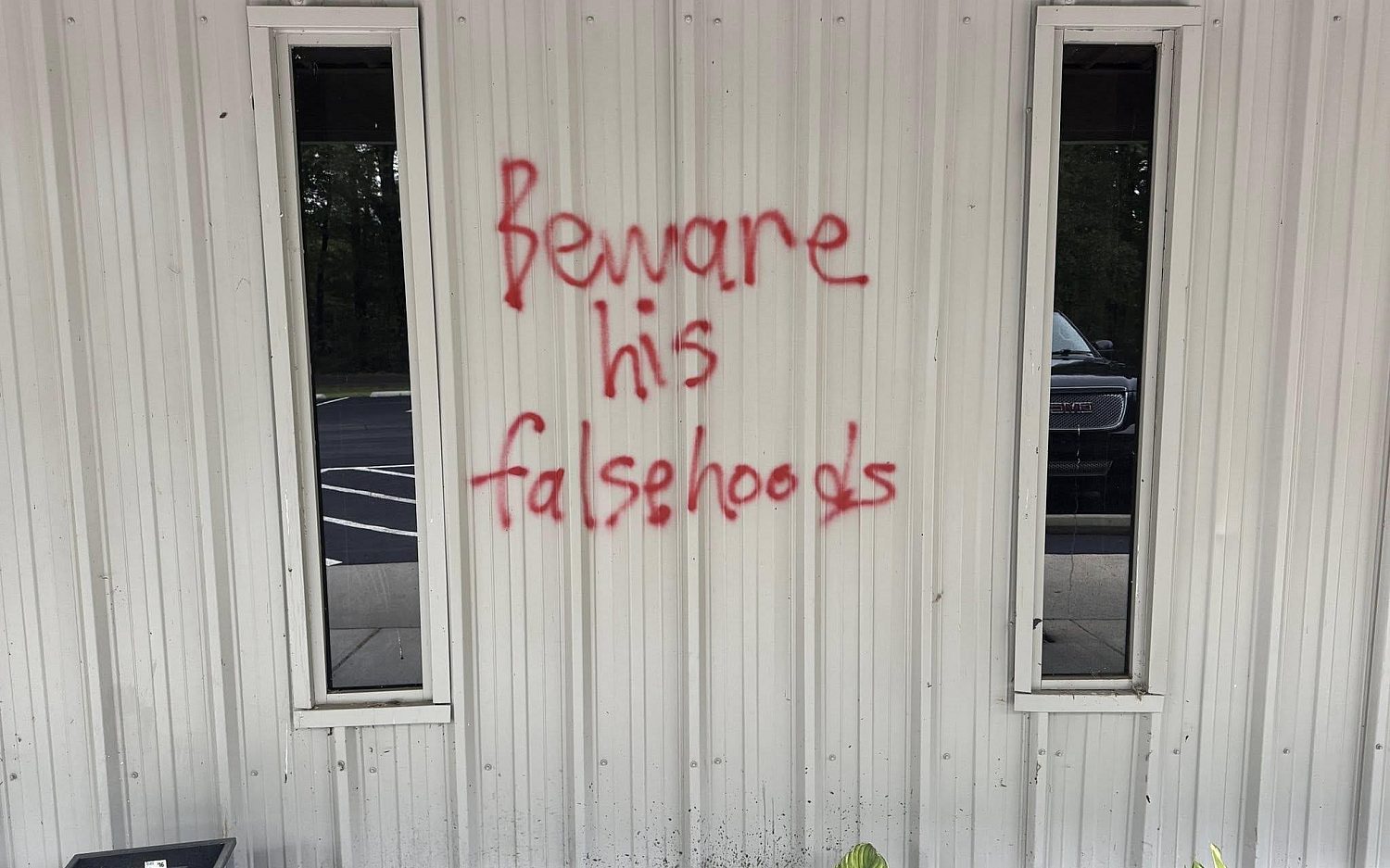Keepers of the peace or public safety threat?
The recent images of battle-dressed police officers atop armored vehicles confronting protesters in Ferguson, Mo., have ignited a concern smoldering for years—the increasing militarization of local law enforcement.
Last week during his regular briefing, reporters blasted Pentagon press secretary Navy Rear Admiral John Kirby with questions about the 1033 program: the Defense Department program that turns over excess military equipment, at no charge, to police and sheriff’s departments who request it.
“This is a program legislated by Congress,”Kirby said.“This has been on the books since 1991, and many, many law enforcement agencies have benefited from it.”
But national reaction to the events in Ferguson is prompting some members of Congress to reconsider the program. According to Politico, Senate Armed Services Committee Chairman Carl Leven, D-Mich., “acknowledged that an initially well-intentioned mandate to help local police fight a wave of drug-fueled violence in another era might have gone too far.”
The 1033 program was established by Congress to provide out-gunned and cash-strapped police departments access to equipment to fight drug- and gang-related criminals. But after 9/11, the newly established Department of Homeland Security (DHS) began giving direct grants to state and local law enforcement agencies for “law enforcement terrorism prevention” activities. The New York Times reports that the St. Louis metro area received $3 million under the DHS Urban Area Security Initiative (UASI). And since 2003, St. Louis County has spent $6.9 million on equipment, including a BearCat armored truck, a helicopter and other vehicles.
Ironically, a popular DHS program that provided local police departments with free, high tech commercial—not military—equipment lost its funding in 2010. The Commercial Equipment Direct Assistance Program (CEDAP) provided state-of-the-art communications, information-sharing, chemical detection, and personal protective equipment to smaller communities in areas with critical infrastructure potentially vulnerable to terrorist attack.
“The folks at CEDAP actually got it right,”said Chief Gary Smith of the Northfield, Minn., Police Department in a 2007 interview with Police Chief Magazine. “They found items that are important from a law enforcement perspective.”
While the proliferation of local SWAT teams and other signs of increased militarization of local law enforcement worry some civil rights activists, perhaps an even greater concern is the expanding militarized law enforcement role of federal agencies.
“Dozens of federal agencies now have SWAT teams to further an expanding definition of their missions,”noted John Fund, writing in the National Review Online. “It’s not controversial that the Secret Service and the Bureau of Prisons have them. But what about the Department of Agriculture, the Railroad Retirement Board, the Tennessee Valley Authority, the Office of Personnel Management, the Consumer Product Safety Commission, and the U.S. Fish and Wildlife Service?”
Many of these paramilitary federal SWAT teams are used for such routine tasks as serving warrants—nothing to do with drugs or terrorism. Local police with military equipment to combat terrorism and drug violence is one thing. A federal agency extending its regulatory power through paramilitary SWAT teams is quite another.
“If these agencies occasionally have a legitimate need for force to execute a warrant, they should be required to call a real law enforcement agency … the FBI, for example,” wrote Brian Walsh of the Heritage Foundation in a 2011 article. “Paramilitary raids by out-of-control federal agencies against ordinary citizens, who may not have violated any law, are a growing threat to our safety.”
An actual newsletter worth subscribing to instead of just a collection of links. —Adam
Sign up to receive The Sift email newsletter each weekday morning for the latest headlines from WORLD’s breaking news team.




Please wait while we load the latest comments...
Comments
Please register, subscribe, or log in to comment on this article.